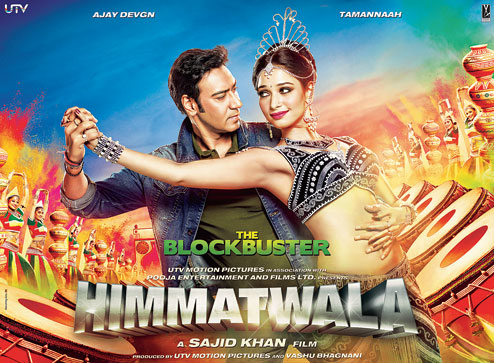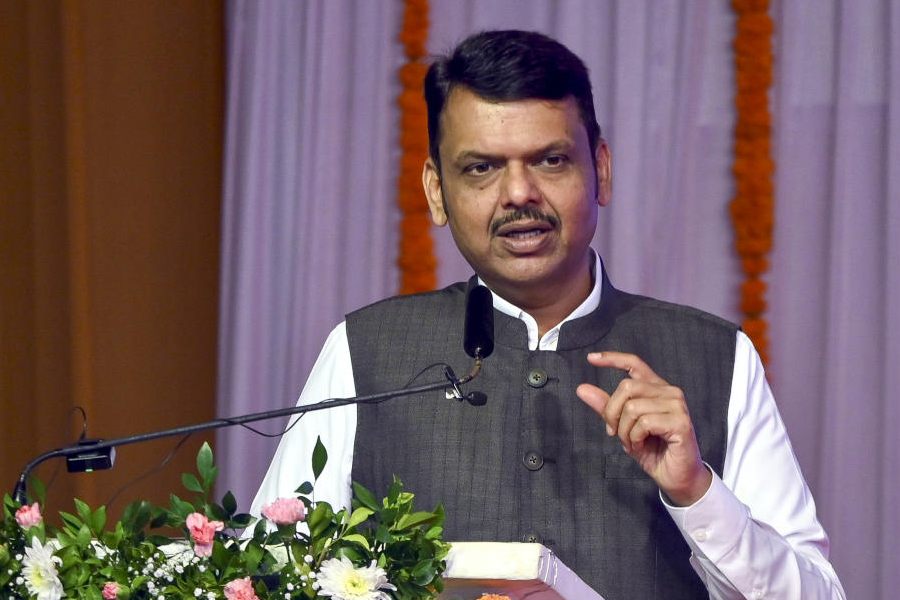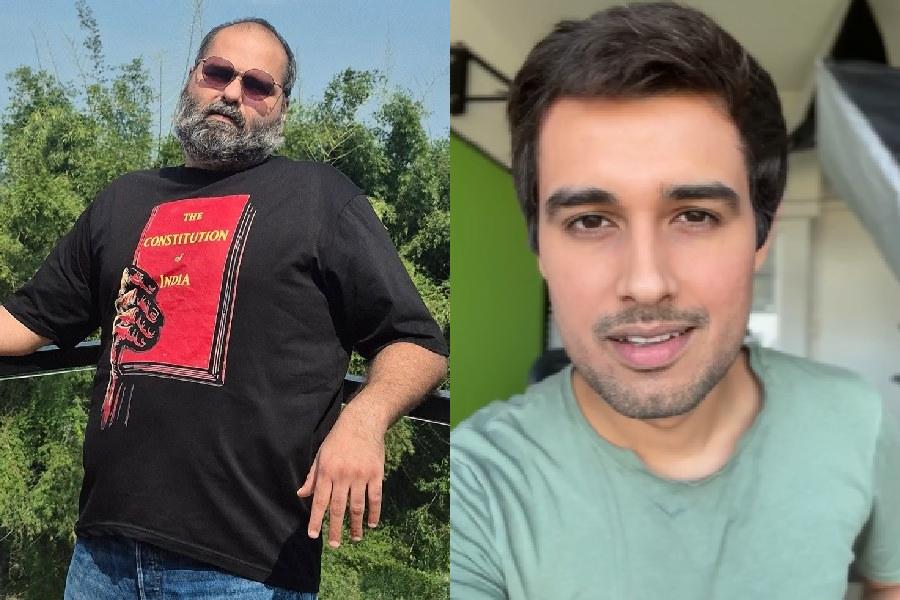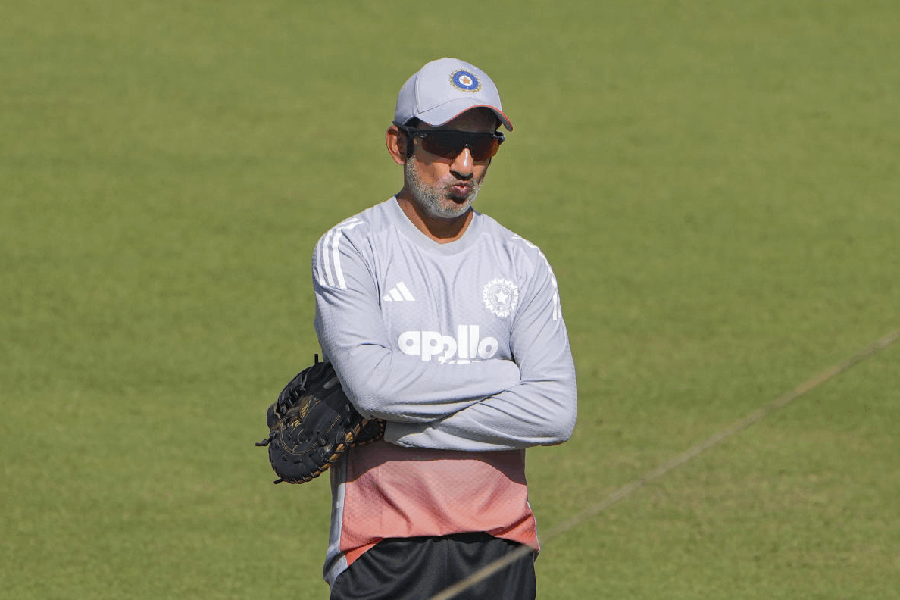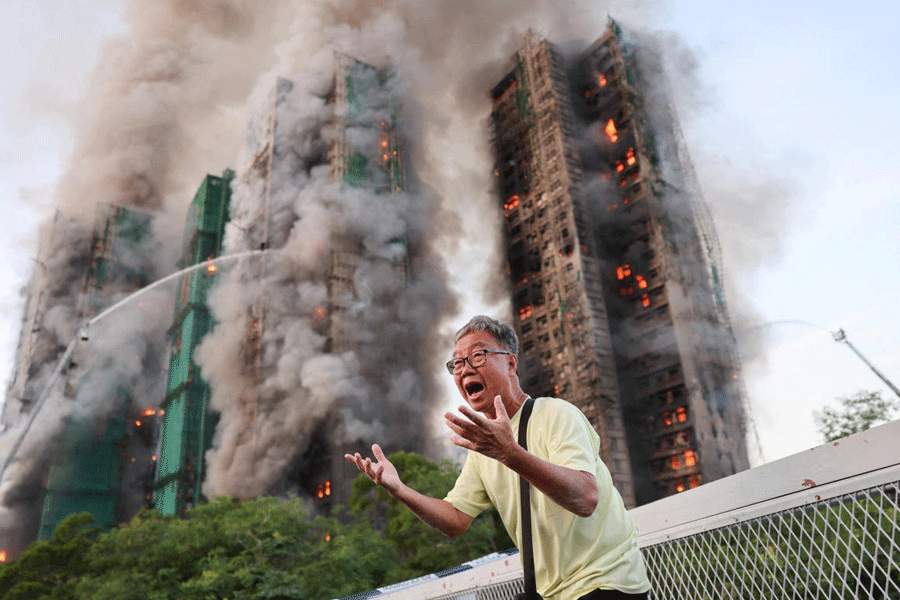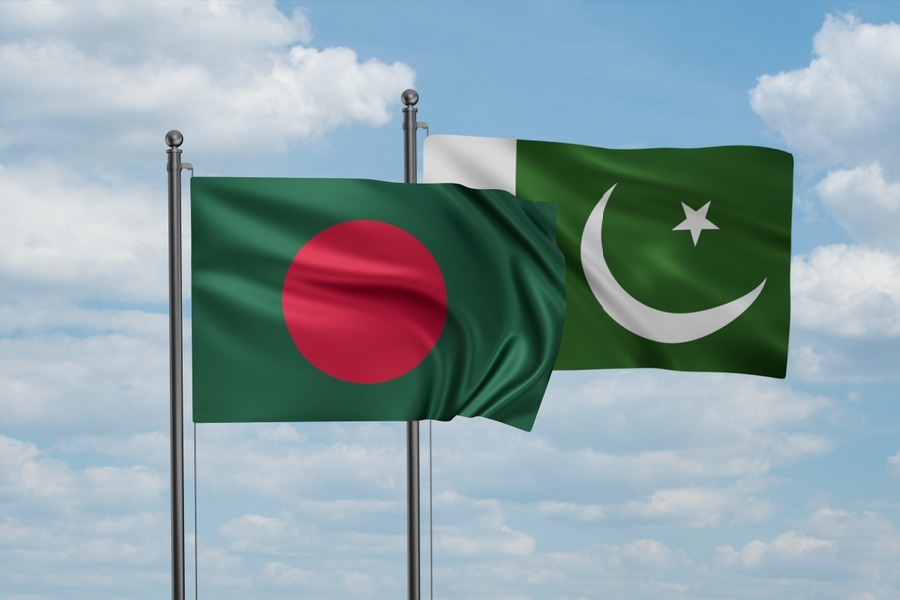 |
Picture a hall — an old-time single theatre where people saw a film before multiplexes invaded their lives. The audience is watching K. Raghavendra Rao’s 1983 hit Himmatwala. Jeetendra, in his tight pants and pointy shoes, is doing the jhatkas that he’s known for. Sridevi is making a fashion statement in black leather. And Bappi Lahiri has the crowd swaying to his Taki taki tunes.
Now picture a multiplex. The actors have changed, but the dance steps, music and fashion statements are all so familiar. Exactly 30 years later, the Madras masala mix is back.
Sajid Khan’s remake of the old hit is seeking to regale viewers all over again. And it’s not the only Eighties film making a comeback. Next Friday, Sai Paranjpye’s 1981 cult comedy Chashme Buddoor returns to the theatre with the David Dhawan remake.
Clearly, quite a few films are going back to the exciting Eighties for their themes. On May 1, Sanjay Gupta’s prequel to his 2007 real-life crime thriller Shootout at Lokhandwala will recreate the first-ever registered encounter by the Mumbai police. Shootout At Wadala will focus on gangster Manya Surve who was gunned down in an encounter at Wadala on November 1, 1982. On August 8, Milan Luthria will unveil the sequel to his 2010 don drama Once Upon A Time in Mumbaai (OUATIM). The film will open with Akshay Kumar in a Dawood Ibrahim avatar watching an India-Pakistan cricket match in Sharjah. The period, of course, is the Eighties.
 |
 |
| Action replay: Chashme Buddoor and (top) Once Upon a Time in Mumbaai |
Suddenly, in the centenary year of Indian cinema, Bollywood is rewinding to the Eighties. For Sajid Khan, the director of the new-look Himmatwala, it’s all about nostalgia. He remembers the time when he stood in the aisles and aped “disco dancer” Mithun Chakraborty’s pelvic thrusts and moonwalked with Michael Jackson on his Thriller video. And he recalls shaking a leg with Jeetendra as he watched Himmatwala 36 times in the theatres.
The return to the Eighties also highlights the music of the period. The director’s namesake, composer Sajid Khan, recalls sitting with his music arranger father Sharafat Khan at a Chennai recording studio playing a side rhythm for his first ever film song, Taki taki.
Last year, Sajid remixed this song and Nainon mein sapna with brother Wajid and a 100-piece orchestra for the new Himmatwala. Both songs have their own following today, and Lahiri believes they are even bigger hits than the originals.
Of course, not everybody is convinced that bringing back the music of the Eighties is a wise move.
“That period was not a musical decade as the melody of the Seventies had been drowned in ear-splitting orchestration,” composer Lalit Pandit holds. “Once Kishore Kumar and Mohammed Rafi had passed away, all was lost, despite Bappida’s flamboyance, and Mithunda’s and later Govinda’s shakes,” he says.
Farooq Shaikh, the lead actor of Chashme Buddoor, thinks there’s little chance of a rerun of the Eighties’ song-and-dance routine. What he’d like to see, though, is cinema as good as that of the period. “I just hope filmmakers borrow some good writing from Sai Paranjpye because we seem to be woefully short of story ideas today. That’s why filmmakers are turning to remakes that offer a tried-and-tested script,” he says.
But director Sajid Khan seeks to stress that his script only sticks to 15-20 per cent of the original. “I didn’t rewrite Himmatwala to recycle trends. I only wanted to rewind to the feel-good cinema of the time when movies were all about entertainment, entertainment and entertainment,” he asserts.
That’s a line made famous by Vidya Balan whose journey as Eighties’ star Silk Smitha in The Dirty Picture (2011) ended with a National Award last year. Milan Luthria, who directed this film and also OUATIM, admits he flagged off an Eighties revival with these two back-to-back hits. “Our films today are so urban and urbane, metrosexual and NRI-centric, that it felt good to re-connect with the earlier herogiri and high-on-testosterone energy,” he says.
Sajid’s Himmatwala brings back the hardcore action Amitabh Bachchan and Dharmendra specialised in, with hand-to-hand combats between man and beast. The first trailer had Ajay Devgn wrestling a tiger and in the wake of the success of films such as Dabangg (2010, 2012), Singham (2011) and Zilla Ghaziabad (2013), more films are expected to try to pull off such stunts rather than computer-generated gimmickry.
Will fashion fads also return stonewashed drainpipe jeans, pedal pushers, leather jackets and headbands to our wardrobe? Our designers don’t think so. Rick Roy, who styled Tamannah’s costumes in Himmatwala, doesn’t mind the return of miniskirts and studded leatherwear, but hopes that acidwash jeans and parachute pants orbit out of the universe.
Luthria, however, remembers the invasion of long sideburns after Once Upon a Time in Mumbaai and necklines plunging after The Dirty Picture. “I expect Once Upon A Time in Mumbaai Again to make a bigger impact as far as style goes because the aspirational trends of the Eighties will be reflected in Kunal Rawal and Manish Malhotra’s designs,” he says.
 |
Likewise, there are many references in dress and dialogue to the Eighties in YRF’s Gunday, which relives the adventures of Bikram and Bala, two small-time coal thieves-turned-black marketing mafia men who terrorised Bengal during the decade.
But Irrfan Khan, who also features in the action drama slated to be released early next year, shudders at thought of an Eighties comeback. “If we have to go back, let us return to the golden era of the Fifties and Sixties when originality thrived and films had something meaningful to say. By the Eighties, Hindi cinema was going downhill, with a clear demarcation between commercial and parallel cinema. I would rather return to the romanticism of a black-and-white Sadhana singing Lag jaa gale ki phir woh haseen raat ho na ho.”
The song from the 1964 suspense film Woh Kaun Thi returned to haunt viewers in Sahib Biwi Aur Gangster Returns. Will the jhatkas of Himmatwala weave the same magic?

